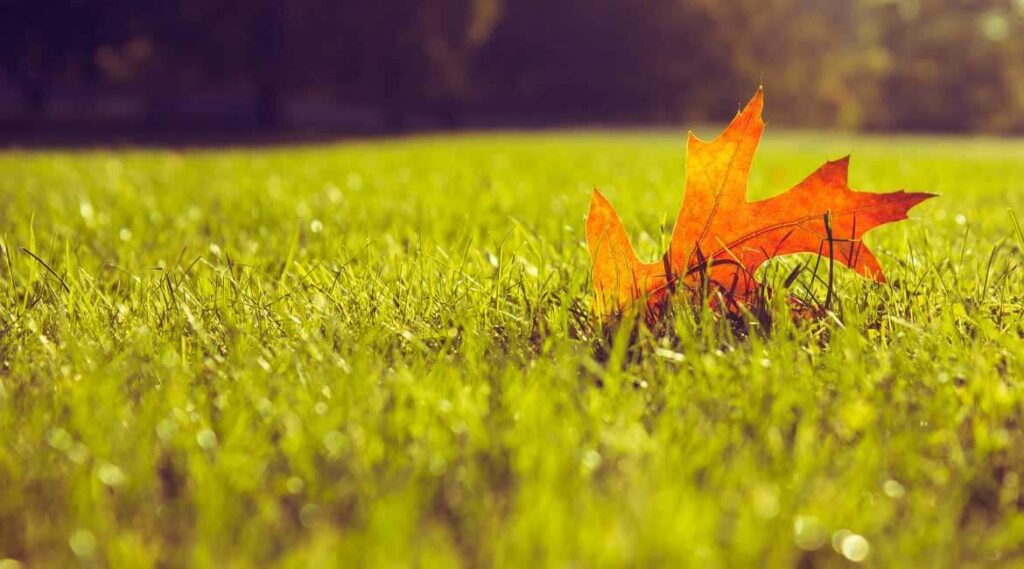Walking barefoot on the lawn, what a great feeling! Feels great, doesn’t it? Here are our tips on how to maintain a durable and healthy lawn, spring through fall.
Taking Care
Of Your Lawn
What To Do Every Season?
SPRING
- Cleaning up: Get to work, clean up and rake! Remove branches, twigs, and leaves that have piled up all winter.
- Overseeding: Once you tidied up the lawn, it’s time to overseed any area that seems to have incurred some damage. You need help with this? Give us a call, we can do it for you!
- First mowing: Just this once, for the first mowing of the season, you can trim your lawn as low as 5 cm from the ground. A short trim at the beginning of the season will stimulate plant growth.
- Fertilizing: Apply a natural fertilizer on your lawn Spring and fall are designated times to build your soil, spring being a significant growth period. Fertilizers used by our Nutrite Experts are perfectly suitable for this purpose. Give us a call!
Please note! When snow melts avoid trampling a waterlogged lawn. Instead, wait until the ground has dried to start spring chores.
Summer
- Mowing: Did you know you should mow your lawn as high as possible? The ideal cutting height is between 7 and 8 cm. At the beginning of the season, mowing frequency is usually once a week. As we reach the warmer months of the summer, mowing can be done less frequently, about once every two weeks.
- Watering: If allowed in your municipality, water thoroughly during drought season or heat waves when the top five cm of the ground is dry.
CLOSE TO SUMMER’S END
- Core aeration and topdressing: Towards the end of summer (mid-August to early September), time has come to give some love back to your lawn. Decompact the soil by aerating the lawn, and topdress if needed. This step may give you a good workout. Call us, we will do it for you!
- Fertilizing: The end of the summer is another opportunity to apply a natural fertilizer on your lawn.
- Overseeding: Repair damaged spots, and overseed as needed.
- Liming: It’s time to check the pH level of your soil and apply lime as needed. How? Book one of our Nutrite Experts, they can test the pH with specialized equipment, provide a reliable diagnosis, and good advice on the products that need to be applied to grow a durable, healthy lawn.
FALL
- Mulching fallen leaves: mulch leaves fallen on your lawn by mowing them, or rake them and add them to your compost pile or bin.
- Last mowing: Before the cold returns, mow your lawn for the last time of the season 5 cm above the ground.
YOUR SEASONAL LAWN CARE SCHEDULE
| April |
|
| May |
|
| June, July, and August |
|
| August, September |
As needed, towards the end of August
or the beginning of September:
|
| October |
|
For a complete tool for season-long lawn care, download the Ally guide and follow our professional advice for a healthy and sustainable lawn.
If you happen to have any questions, feel free to ask one of our experts. We are there for you anytime!




